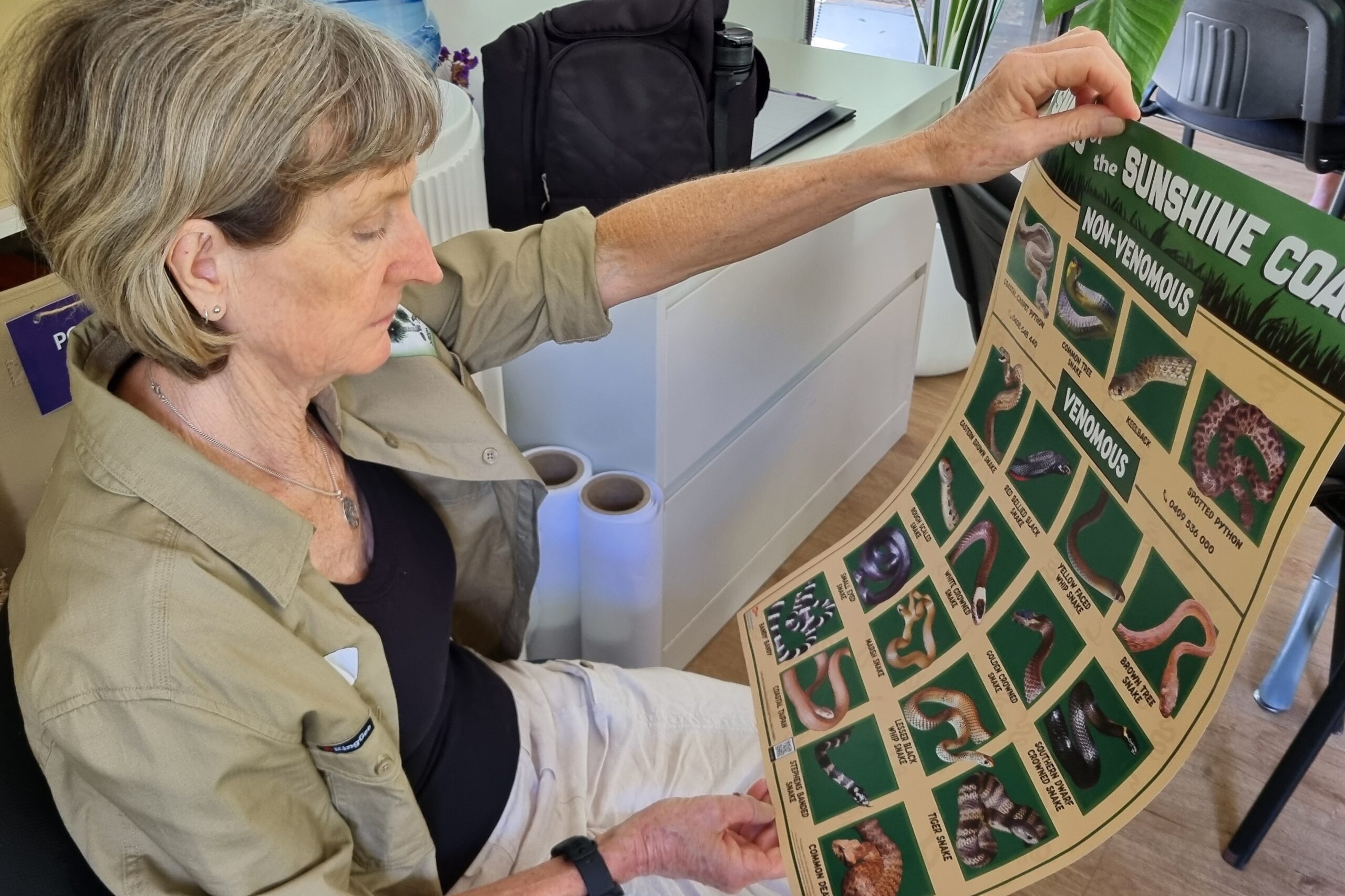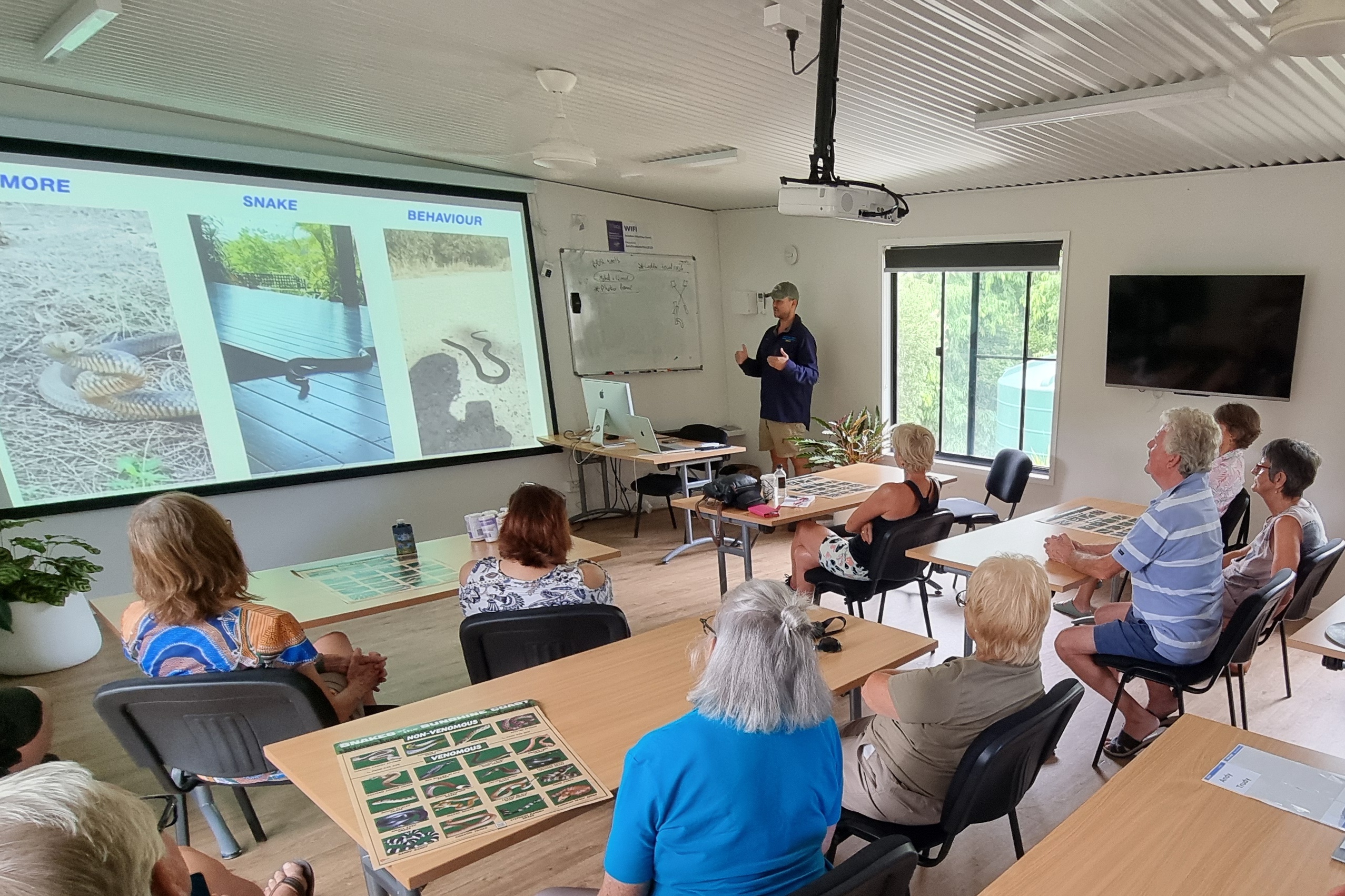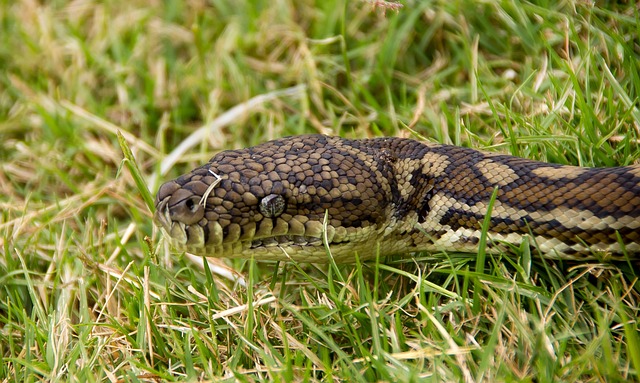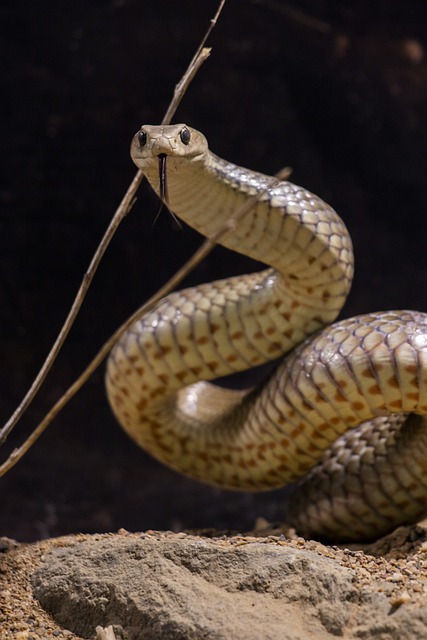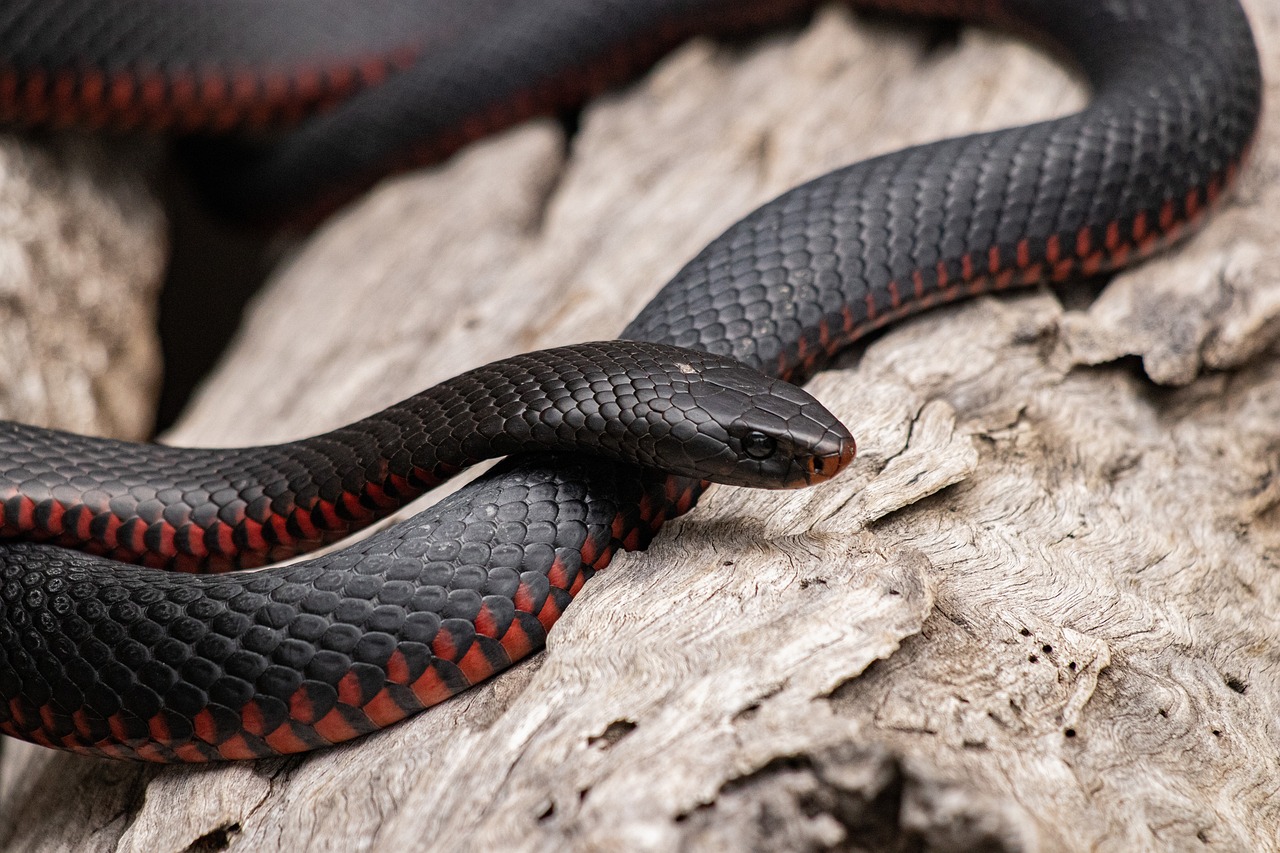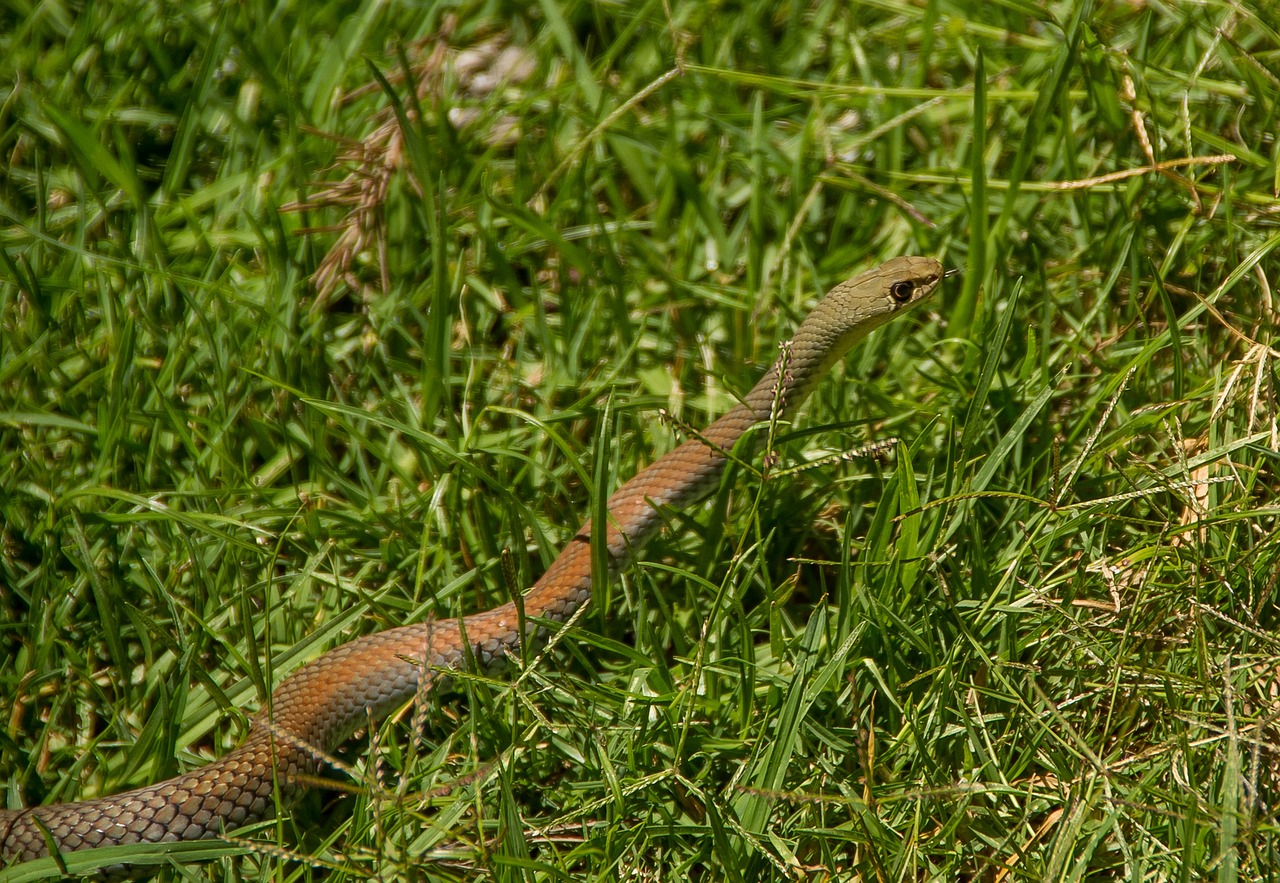Dan’s love of snakes began when he was given a pet blue tongue lizard as a child. His fascination with reptiles continued and lead to a career as a zoo and reptile keeper at a number of wildlife parks and zoos.
He is now on call 24/7 at Sunshine Coast Snake Catchers. He is passionate about educating others and is keen to change people’s negative perception of snakes. In his presentation, Dan stressed that snakes are not naturally aggressive to people, as they don’t see them as a potential food source, and will generally try to avoid humans as much as possible.
When people spot a snake in their garden, the snake is likely just hunting for food and will not pose a danger unless provoked. Ninety five percent of people who are bitten by snakes are trying to catch or kill them. A snake’s reaction to a threat begins with camouflage and staying still, then trying to escape. If further provoked, the snake will take a defensive posture and the strike is a last resort to protect itself.
South East Queensland has about twenty endemic species of snake including the non venomous coastal carpet python, yellow faced whip snake, common tree snake and spotted python. Snakes can be hard to identify as each species has a wide variation in colour and pattern.
Australia has twenty one of the twenty five most toxic snakes in the world but there are very few recorded deaths from snake bite in this country each year. This is because as a nation we generally have good snake awareness and wide access to antivenom and adequate medical care.
The most common venomous snakes in the local Noosa area include the eastern brown and the red bellied black snakes. Even though the red bellied black is one of the most venomous snakes, it is not aggressive and there have been no recorded human deaths as a result of its bite.
Dan also spoke about what to do if you see a snake. The most important thing is to stay calm and definitely not try to interact with the snake by attempting to catch or kill it. If the snake is outside, away from the house, and does not pose a threat, it can be left alone to continue on its way. If the snake is near or inside your house and you decide to call a snake catcher, keep an eye on it from a safe distance, and keep children and pets away.
People can minimize the chance of snake bite while working in the garden by wearing sturdy shoes or boots, long loose pants, long sleeved shirt and thick gloves. Snakes will look for food, water and shelter so you can also discourage snakes by removing piles of wood, tin, rubbish or other waste materials near the house and keeping bird aviaries and chicken coops clean to deter rodents.
Lastly, Dan provided helpful advice about what to do if you or someone you’re with is bitten by a snake. Follow DRABCD, phone 000 and ask for an ambulance, lie the patient down, keep them still and reassure them, apply a pressure immobilization bandage if the bite is on a limb, write down bite time, bandage applied time and location, and stay with the patient until help arrives.
Workshop attendees had plenty of opportunity to ask questions after the presentation and exchange their own snake stories during morning tea. The takeaway message was that snakes are an important part of the natural ecosystem and an essential part of the food chain, feeding on fish, frogs and other small animals and keeping down the numbers of introduced pests such as rats and mice. We need to learn to live with our wildlife neighbours with respect not fear.
Snake Identification:
sunshinecoastsnakecatchers24-7.com.au/snake-id/
snakecatchers.com.au/snake-id.php
Vanessa Presling




